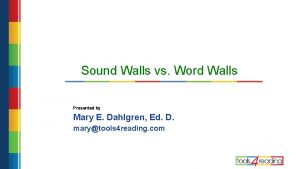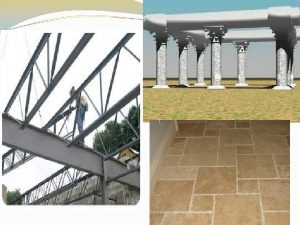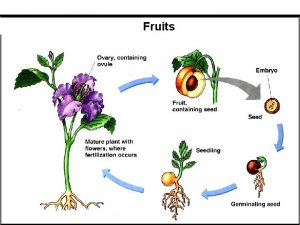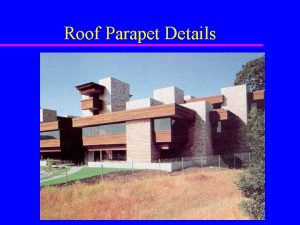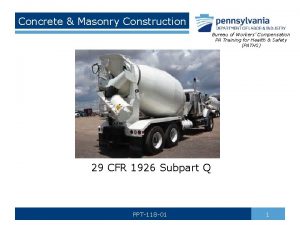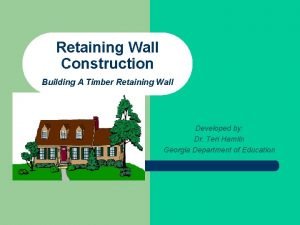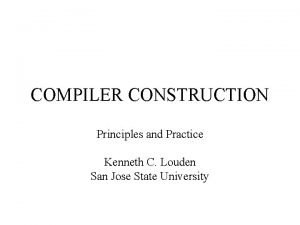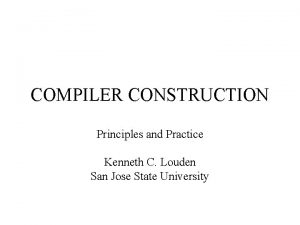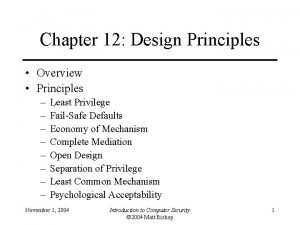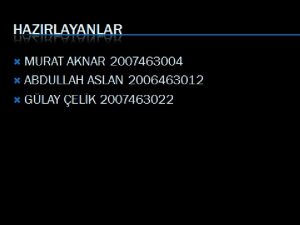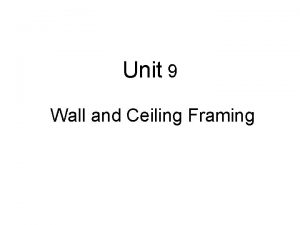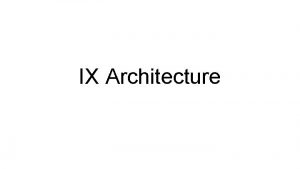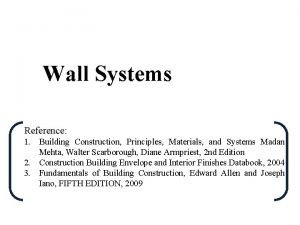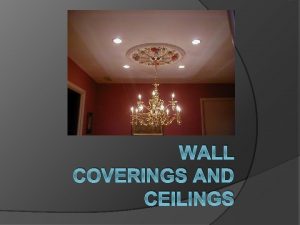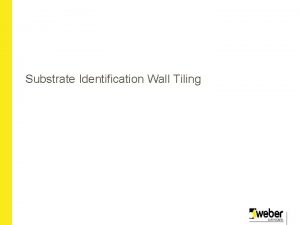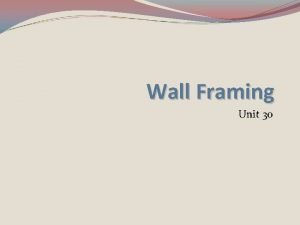Construction Technology Principles of Architecture and Construction Wall























- Slides: 23

Construction Technology

Principles of Architecture and Construction Wall Framing

Objectives n Be able to ID and describe a conventional wall system n Be able to read a floor plan for wall framing information and explain the steps for framing a typical wall section n Explain the term “load bearing” n Demonstrate knowledge of typical metal framing

Wall framing members

Bearing and nonbearing walls Bearing walls – have direct contact with supporting the load of the roof or floors above. All exterior walls are load bearing. Interior walls that run perpendicular to ceiling joists are also load bearing. n Non-loadbearing walls – are walls with no direct contact with the load of the roof or floors above. Walls that run parallel to ceiling joists but not directly under them are non-load bearing walls n

Vertical Framing Members n n n n Studs are vertical components of a framed wall Studs – 92 -5/8” King Studs – form sides of door and widow openings Trimmer Studs – support the headers over door and window openings Cripple studs – does not extend from bottom plate to top plate Corner Component – form corner and provides nailing surfaces for interior sheathing Partition Tee – forms two sided corner for interior sheathing nail up

Horizontal Framing members n n Plates – top (double top) and bottom hold studs in place Headers – load bearing components that compensate for missing studs in door and window openings Rough sills – (single and double) form bottom of window openings Ceiling Joists – provides nailing surface for ceiling sheathing and adds stability to exterior walls

Corner post Constructed independently and installed along with other studs n Consists of 2 -3 blocks 10 -12” long and 3 full length studs n

Partition tee Also constructed independently and installed in wall along with other studs n Made of 2 -3 block and 2 full length studs n

Plate layout n n Identifies the location of each stud in a wall as well as, doors and windows Can be done with plates laid side by side in edge or in the flat position Location of studs is usually every 16” OC Window, doors and intersection walls are laid out by their centerlines or outside edges depending in the plans

Window and door rough openings (RO) Formed using a 2 King studs, 2 Trimmer studs, 1 header, single or double sill and cripple studs n Sills are left out in the case of door openings n

Headers Built up headers can be box type or assembled using a ½” spacer Headers span the distance across the rough opening supporting the roof load in the place of studs

Estimating Lumber and Sheathing n n n Studs are estimated 1 per every foot of wall length Plates are estimated 3 times the wall length Headers are estimated 2 times the sum of RO distances plus 3 inches each. Sheathing is estimated by dividing wall surface square footage by 32(the amount of square footage of one sheet of sheathing) Usually 10% of totals is added to allow for waste and mistakes

Steps for erecting a framed wall section

Floor Plan to Framed Wall WALL TO BE ILLUSTRATED ON NEXT SLIDE

Framed wall from plan FRAMED WALL AS VIEWED FROM INSIDE THE STRUCTURE

Special framing applications Bay window requiring bevel cuts at angle points n Shear Walls – walls designed and placed to provide extra strength is a wall system or room n Plumbing applications n

Special Framing Applications Cabinet Soffits n Heating ducts n Fireblocking – blocks placed in the wall cavities of walls 10’ or higher to slow the movement of flames in the event of fire n

Metal Framing in residential construction n Similarities to wood Same basic components (studs, headers, cripples, corners and tees, 16” OC spacing) n Different from wood – Termite proof and fire resistant Component layout the same – Very stable (no warping, twisting, crowning) Same wall dimensions as wood in width – Fastened with screws rather than nails Carpenters will experience can perform most applications – Different tools used in construction tools Exterior and interior sheathing applications can be the same

Metal Framing Applications

Wall sheathing n n n Can be placed with face grain parallel to studs or perpendicular (this application requires blocking Strengthens the wall framing Forms solid base for siding application Helps to seal house Ties wall framing to floor framing

What you should know n The location and application process for commonly used wall framing components Trimmers, King studs, headers, top and bottom plates, corner post, partition tee, cripple studs Explain the layout process for building a wall section from a floor plan. (Step by Step) Describe similarities and differences between wood and metal wall framing

What you should know n n Be able to draw and label a wall section as illustrated on a floor plan Define “load bearing and non-load bearing” terms Be able illustrate the construction of a corner post, a partition tee and a built up header Be able top estimate the amount of studs and sheathing needed for a given wall section
 Sound word wall
Sound word wall Chris brown wall to wall
Chris brown wall to wall Half brick wall
Half brick wall Members used to carry wall loads over wall openings
Members used to carry wall loads over wall openings The wall of ovary develops into wall of fruit called
The wall of ovary develops into wall of fruit called Parapet section details
Parapet section details During masonry construction the limited access zone must be
During masonry construction the limited access zone must be Limited access zones around masonry wall construction
Limited access zones around masonry wall construction Timber retaining wall construction
Timber retaining wall construction Power wall computer architecture
Power wall computer architecture Yerevan state university of architecture and construction
Yerevan state university of architecture and construction Architecture and construction career cluster definition
Architecture and construction career cluster definition E commerce architecture and technologies in web technology
E commerce architecture and technologies in web technology Compiler construction principles and practice pdf
Compiler construction principles and practice pdf Compiler
Compiler Automotive technology sixth edition
Automotive technology sixth edition Call and return architecture in software architecture
Call and return architecture in software architecture Principle of least privilege
Principle of least privilege Elements of design in architecture
Elements of design in architecture Graduated rhythm in architecture
Graduated rhythm in architecture Least common mechanism
Least common mechanism Modelo scot
Modelo scot Social construction of technology
Social construction of technology Green road construction technology
Green road construction technology
